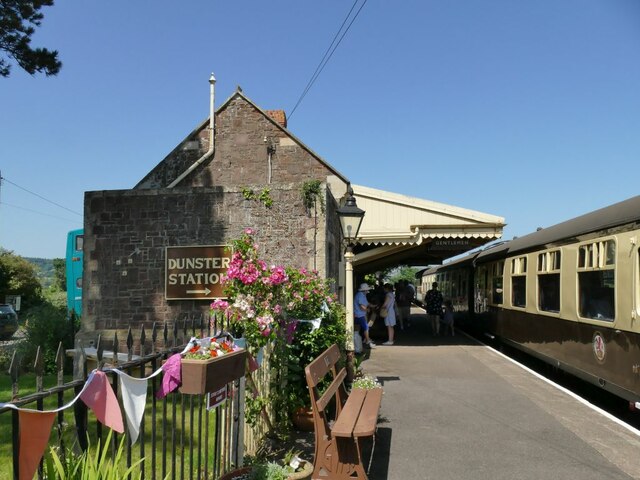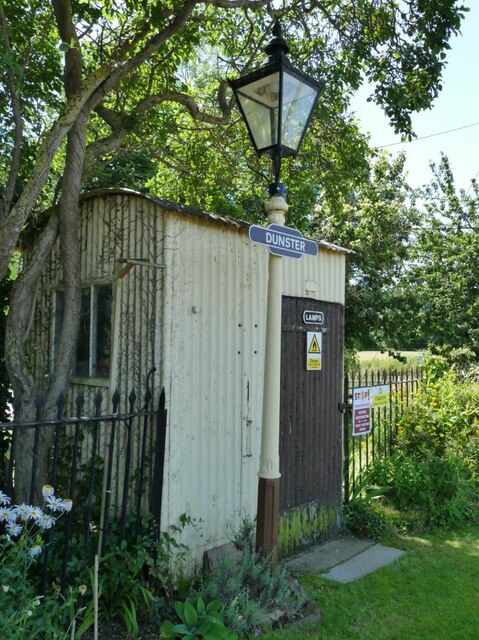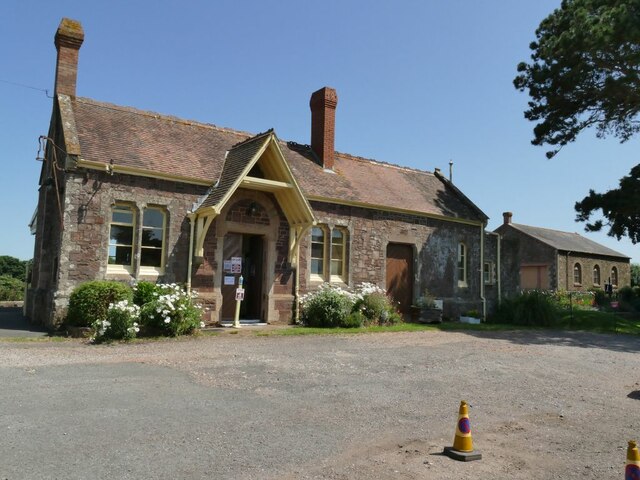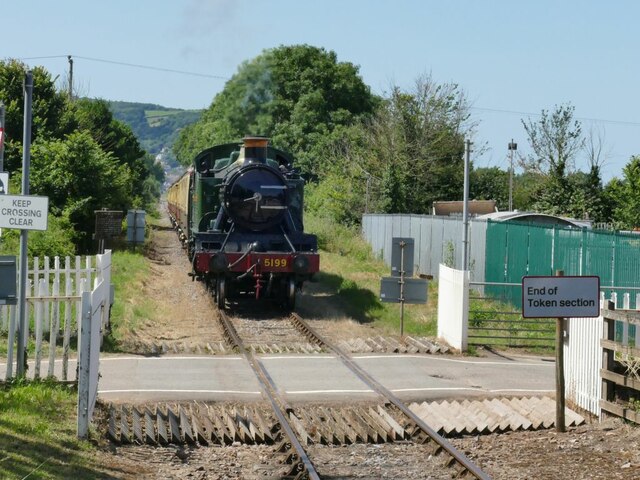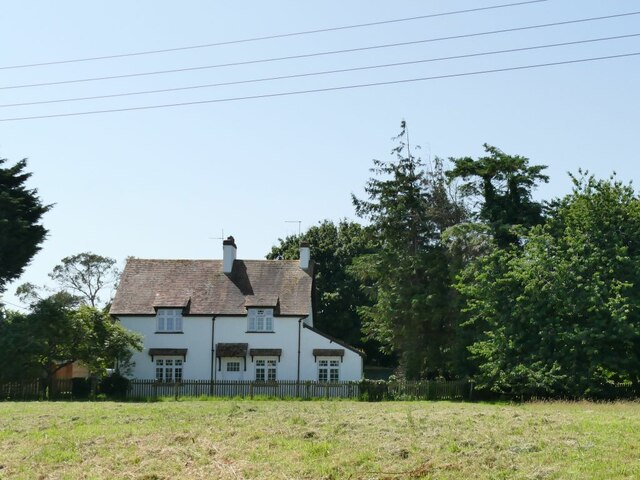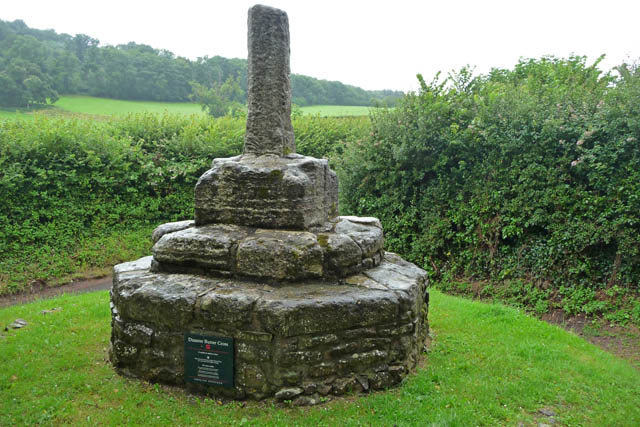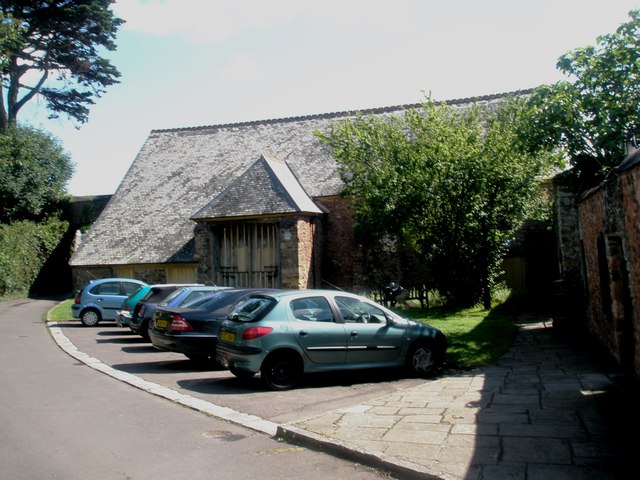Ellicombe Combe
Valley in Somerset Somerset West and Taunton
England
Ellicombe Combe

Ellicombe Combe is a picturesque valley located in the county of Somerset, England. Nestled between the Quantock Hills and the Bristol Channel, it boasts stunning natural beauty and a tranquil atmosphere that attracts visitors from near and far.
The valley is characterized by its rolling green hills, dense woodlands, and meandering streams. It is home to a diverse range of wildlife, including deer, badgers, and a variety of bird species, making it a haven for nature lovers and wildlife enthusiasts. The valley is also dotted with charming cottages and farms, adding to its rustic charm.
Ellicombe Combe offers a multitude of outdoor activities for visitors to enjoy. Hiking and walking trails wind through the valley, providing breathtaking views of the surrounding countryside. The valley is also a popular spot for picnicking and photography, with its idyllic landscapes providing the perfect backdrop for capturing memorable moments.
History buffs will find plenty to explore in Ellicombe Combe as well. The valley is steeped in history, with evidence of human habitation dating back to prehistoric times. Ruins of ancient settlements and burial sites can be found in the area, offering a glimpse into the valley's rich past.
Overall, Ellicombe Combe is a hidden gem in Somerset, offering a peaceful retreat from the hustle and bustle of everyday life. Its natural beauty, abundant wildlife, and historical significance make it a must-visit destination for anyone seeking a true taste of rural England.
If you have any feedback on the listing, please let us know in the comments section below.
Ellicombe Combe Images
Images are sourced within 2km of 51.188729/-3.4631401 or Grid Reference SS9744. Thanks to Geograph Open Source API. All images are credited.

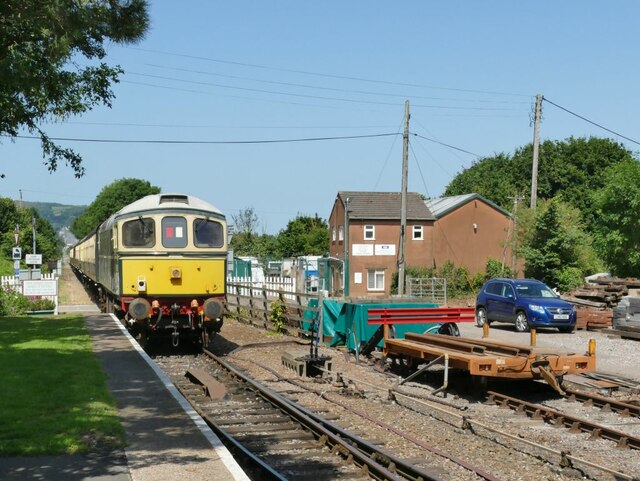
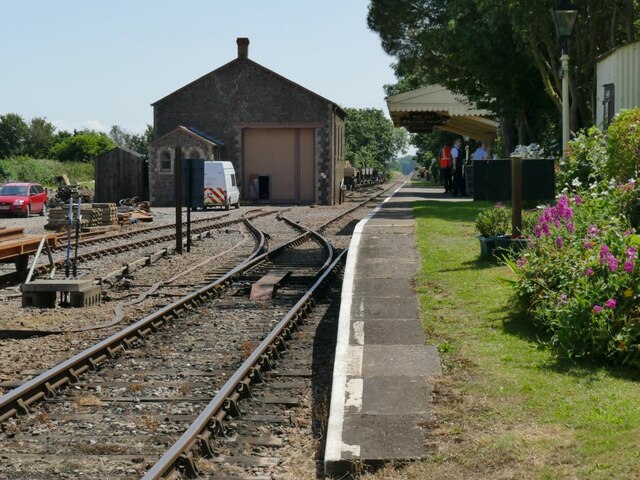
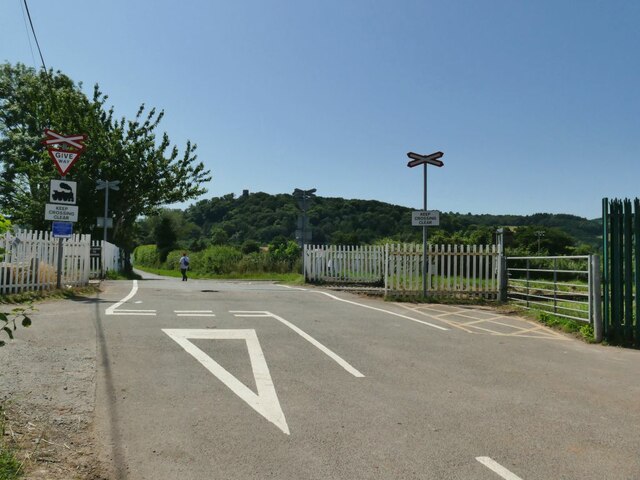



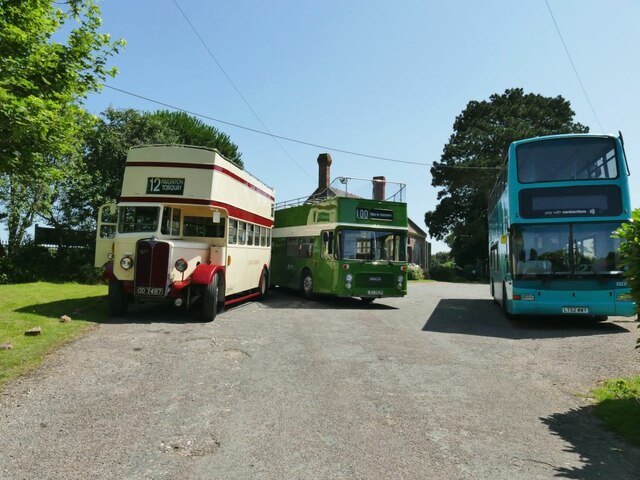
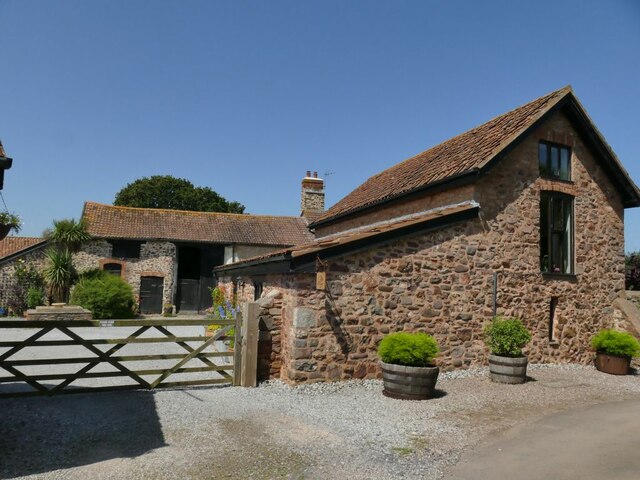
Ellicombe Combe is located at Grid Ref: SS9744 (Lat: 51.188729, Lng: -3.4631401)
Administrative County: Somerset
District: Somerset West and Taunton
Police Authority: Avon and Somerset
What 3 Words
///retain.trip.bearable. Near Minehead, Somerset
Nearby Locations
Related Wikis
Grabbist Hillfort
Grabbist Hillfort is an Iron Age oval hillfort or defended enclosure, west of Dunster in Somerset, England. The site is 885.8 feet (270.0 m) long and 219...
West Somerset College
West Somerset College (is sometimes abbreviated to WSC and was previously known as West Somerset Community College prior to the college re-brand in September...
Dunster Butter Cross
The Butter Cross in Dunster within the English county of Somerset is a Grade II* listed building and scheduled monument. The cross was originally erected...
Dunster Priory
Dunster Priory was established as a Benedictine monastery around 1100 in Dunster, Somerset, England. The first church in Dunster was built by William de...
Tithe Barn, Dunster
The Tithe Barn is a 14th-century tithe barn in Dunster, Somerset, England. It has a cruciform plan. The east front has central double doors in heavy oak...
Dunster Dovecote
The Dovecote in Dunster, Somerset, England was probably built in the late 16th century. It has been designated as a Grade II* listed building and Scheduled...
Conygar Tower
The Conygar Tower in Dunster, Somerset, England was built in 1775 and has been designated as a Grade II listed building.It is a circular, 3 storey folly...
Dunster
Dunster is a village and civil parish in Somerset, England, within the north-eastern boundary of Exmoor National Park. It lies on the Bristol Channel 2...
Nearby Amenities
Located within 500m of 51.188729,-3.4631401Have you been to Ellicombe Combe?
Leave your review of Ellicombe Combe below (or comments, questions and feedback).


